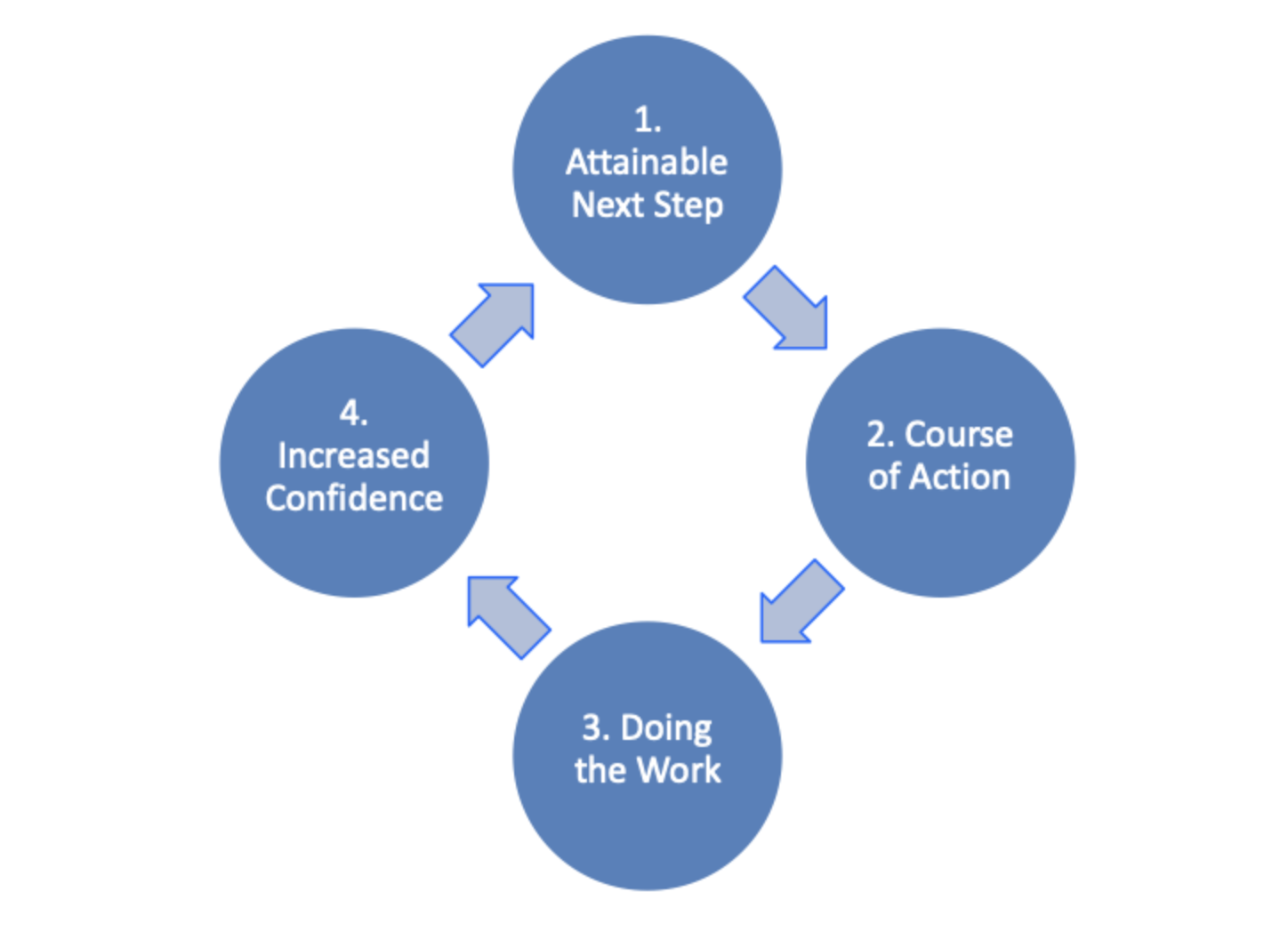1. Know that You are Not Your Ego
The first step in losing our constructed ego is to realize what it is – it is not who we really are, but who we perceive ourself to be. It develops during our early years from numerous messages we receive about ourselves – some of these are fact and some of them are fiction. Our ego then functions to preserve itself in our later years; it’s like a voice telling us a story about who we are over and over again. Some of us develop inflated egos and some of us develop deflated egos; most of us end up with a mixed bundle of both positive and negative self perceptions. Realizing there are whole new possibilities for ourselves is a key to change.
Some psychologists suggest we give our ego a different name to remind us it is our perceived self talking, not our potential self. For example, if you ruminate on a negative perception of yourself, you might say, “That’s Mikey talking, not Michael.” Or if you doubt you can accomplish something based on your past experiences, you might say, “That’s little Sarah talking, not me.” This will help remind us that our ego is a separate entity from who we really are or can become. Learning to challenge our fictional self puts us on a path to greater happiness and better relationships.
Lesson 1.6
The Application
2. Examine Your Habitual Self Perceptions
Understanding where our self perceptions have come from is an important step in altering them. Socrates was a huge proponent of self-examination as a way to gain greater wisdom about ourselves and our lives. He made his famous statement, “The unexamined life is not worth living,” while he was on trial for corrupting the youth. He believed that examining who we are, what drives us, and why we respond the way we do is critical to our growth and happiness in life. If we get up and do the same things over and over again every day without much self-reflection, we are not adding value to our own life or to others.
As humans we are quick to attribute thoughts and motives to others – even though we are usually wrong – but not as likely to examine our own self-identity. Here is a process for self-reflection that can help. Sit in a comfortable chair for 10 minutes each day and select one of your personal attributes to examine. For example, do you feel superior or inferior to others? Are you attractive or unattractive? Are you friendly or unfriendly? Are you intelligent or challenged? Are you positive or pessimistic? Are you creative or unimaginative? Are you athletic or uncoordinated? Then ask yourself these questions:
How do I describe my on this quality?
When were my first thoughts that I am this way?
What messages did I receive about this quality?
What are the positive outcomes of this perception?
What are the negative outcomes of this perception?
How would I like to be in the future on this quality?
How would I think if I had this new perception?
How would I act if I had this new perception?
Understanding how our ego has evolved is an important step in dislodging our old identity and developing a healthier sense of self. The next essential step is to take action.
3. Stretch to Actions Beyond Your Ego
To shed our fictitious ego, we have to do things that are slightly outside our confidence level, and then take a slightly bigger step following each success. Some experts encourage us to set gigantic goals, even if we can’t obtain them, but we always achieve great things by taking a series of small steps, each building on the last, until we arrive at a place we never imagined. So first, define an attainable next step you know you can achieve. Then plan a course of action, do the work, and you will gain increased confidence following your success. Next time around set a slightly bigger goal and complete the process. This approach to change is illustrated in the figure below.

